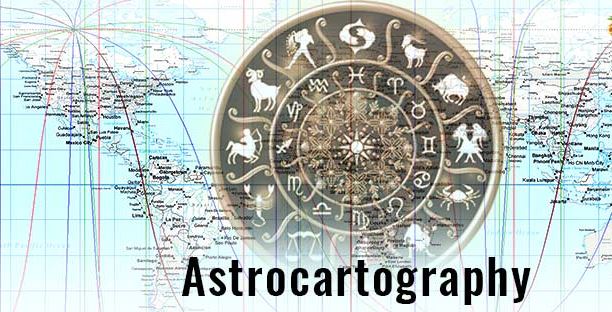In the fast-paced and demanding landscape of the corporate world, stress has become an unwelcome companion for many professionals. The pressure to meet deadlines, tackle challenging projects, and maintain a work-life balance can take a toll on mental well-being. In this chaotic environment, meditation emerges as a powerful tool for stress management, offering a sanctuary of calmness amidst the corporate storm.
The Stressed Corporate Scenario: Modern corporate life is often characterized by long working hours, tight deadlines, and constant connectivity. This relentless pace can lead to burnout, decreased productivity, and a decline in overall job satisfaction. Recognizing the need for a holistic approach to well-being, many corporations are now embracing meditation as a means to enhance employee mental health.
The Science Behind Meditation: Numerous studies have highlighted the positive impact of meditation on stress reduction. Mindfulness meditation, in particular, has been shown to lower cortisol levels (the stress hormone), improve attention and focus, and enhance overall emotional well-being. By incorporating meditation into their routine, professionals can equip themselves with the mental resilience needed to navigate the challenges of the corporate world.
Benefits of Meditation in the Corporate Setting:
- Stress Reduction: Meditation provides a structured approach to calming the mind, reducing stress, and promoting a sense of inner peace. Regular practice enables individuals to handle high-pressure situations more effectively.
- Increased Focus and Productivity: Mindfulness meditation enhances concentration and cognitive function. As a result, professionals who meditate regularly often report improved decision-making skills and increased productivity.
- Enhanced Emotional Intelligence: Meditation fosters self-awareness and emotional regulation, essential components of emotional intelligence. This heightened emotional intelligence can lead to better interpersonal relationships and improved teamwork within the corporate setting.
- Improved Work-Life Balance: By incorporating meditation into their daily routine, professionals can create a boundary between work and personal life. This separation is crucial for maintaining a healthy work-life balance and preventing burnout.
- Boosted Creativity: Meditation has been linked to increased creativity and problem-solving abilities. In a corporate setting where innovation is prized, meditation can be a valuable tool for unlocking creative potential.
Implementing Meditation in the Corporate Environment:
- Workplace Mindfulness Programs: Corporations can introduce mindfulness programs that include guided meditation sessions, workshops, or access to meditation apps. Providing employees with resources and support encourages them to incorporate meditation into their daily routines.
- Designating Quiet Spaces: Creating designated quiet spaces within the workplace allows employees to step away from the hustle and bustle for short meditation sessions. These spaces can be equipped with comfortable seating and ambient lighting to enhance the meditation experience.
- Encouraging Breaks: Encouraging regular breaks during the workday promotes overall well-being. Employees can use these breaks to practice meditation, providing a mental reset and reducing stress levels.







